Living Planet
Nature · Earth · ClimateNature Notes: July 2023
WATER-WINGS: "THOUSANDS HAVE LIVED WITHOUT LOVE, NOT ONE WITHOUT WATER." W H AUDEN
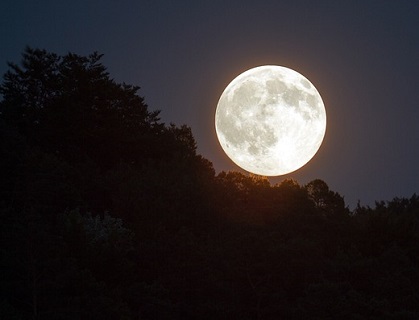
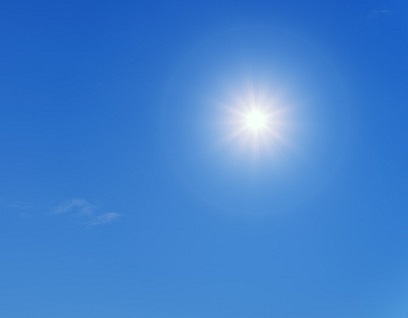
The Strawberry Moon shone strong and bright at the start of June, from clear, wide, deep, high skies and the rest of the month was marked by the sunshine and subsequent heat that had continued from the end of May. Yet despite the cracked ground and parched earth, summer still seemed to explode in and around our gardens, woods, fields and hedgerows.
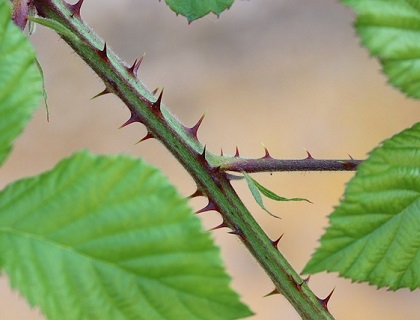
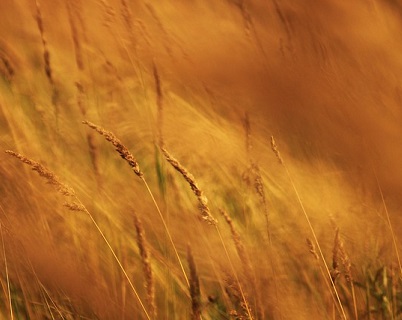
It only seemed to take a tiny amount of dew to refresh and boost roots and shoots, as wild plants and garden roses rambled upwards. Bramble 'fishing rods' shot out onto overgrown footpaths and have been hooking and tearing bare ankle flesh and eyelids, but elsewhere the baked soil has made it near impossible for birds, hedgehogs and badgers to find worms. Having put some peat free compost in a flower bed around mid-summers eve, I was surprised to see a blackbird making off with great chunks of it in her mouth, on a number of repeated journeys. She was obviously taking advantage to build another nest (or block up any holes in an old one)! Nocturnal animals have been more visible during the day as they seek food for themselves and their young. Unseen, I observed a stoat on a raised observation point of a bank, scanning his eyes over the field in front of him. Even though as I write, clouds of miniature grasshoppers are beginning to emerge, the audible 'insect hum' of summer has been lacking and I wondered if, on top of climate change, insecticide spraying had caused the death of a couple of red-bodied damselflies and male demoiselles, I found on subsequent days on a footpath adjacent to private land?
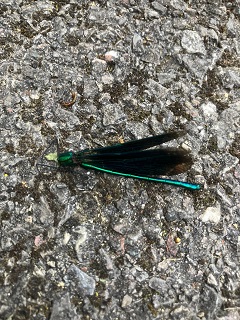
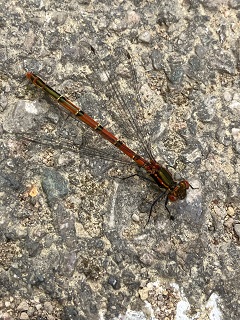
Weeks before farmers cut the meadows around us, I wended my way along a narrow, bare-baked path through a variety of knee and thigh-high flowers and grasses. Female migrant hawkers hovered upwards from my feet before zipping backwards and forwards across and over my body whilst azure damselflies levitated near my ankles. I saw my first Green Hairstreak butterfly supping lazily from a buttercup, a near perfect match to the shade of the surrounding stem whilst at the base of a hedge, darker green ferns rose with uncurling tops like fiddle-heads, as if waiting to be taken up and played. Later in the month, multiple meadow browns danced in games of tag whilst a disturbed still-emerging marble white had to wait for one of her wings to dry before she could join in the fun.
June was also all about new life and families. Highlights for me included seeing a frolicking foxcub in the morning sunlight and a doe leading two very small fawns. I enjoyed watching gaggles of different types of geese form one family at the Furnace Lakes, to protect their respective broods and my resident robin is on her second, in the same nest in my porch. I've had a single resident rabbit for over 6 weeks who seems to think he's a bird as he's never happier than when contentedly munching away to the excited burble and chatter of feathered friends whizzing over head to my garden feeders or pecking up fallen seed around him; sparrows, dunnocks, robins, chaffinches, starlings, pigeons, collared doves, woodpeckers, jackdaws, magpies, jays, blackbirds, thrush, blue tits and great tits, who daily empty the restaurant and drink the bar dry!
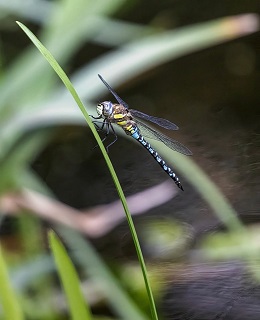
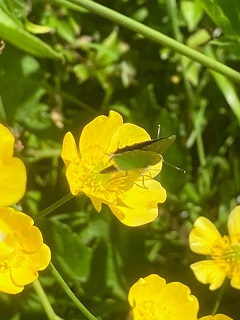
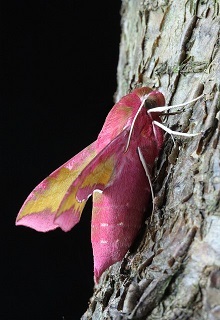
Now in July we have more long sultry evenings, scented with the sweet smell of wild honeysuckle, to look forward to along with adult elephant hawkmoths, attracted to the nectar and pipistrelle bats taking insects from the air (maybe 'flying ants' after the queen ants switch from producing workers to winged males and virgin females who simultaneously leave to start colonies elsewhere). Stag beetles may also be in flight and, although I haven't seen any in the village for years, male glow-worms, attracted to the females glowing bioluminescence who have to remain in situ as they don't have wings. As I've only seen one common blue and less than a handful of red admirals and painted ladies I'm also hoping to see more 'bright' butterflies and moths, attracted to my garden as the buddleias flower, in addition to the browns and burnt amber of grassland butterflies and gatekeepers around the bramble blossom. If I'm lucky I may see a red and black cinnabar moth (distinguishable from the similar burnet moths by their broader wings and red bars instead of spots) and there should be more male bees around, either lounging on flowers or 'speeding' on common knapweed (bee Lucozade) before fertilising the queens.
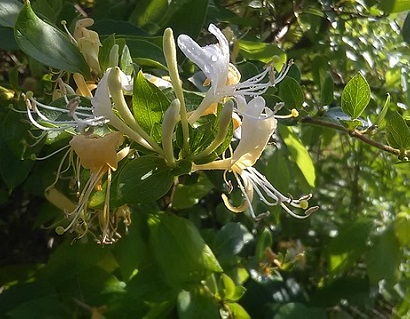
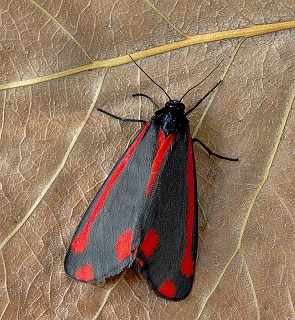
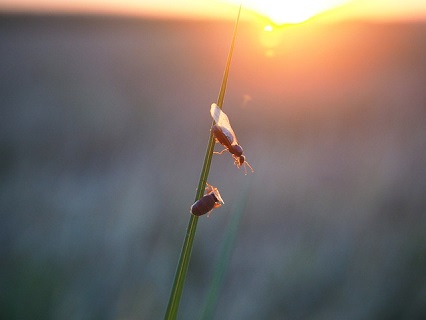
From the middle of this month onwards it's our Nation's Big Butterfly Count (14th July - 6th August 2023) so if you'd like to take part click HERE.
Butterflies need water as well as food, and honeybees need water to regulate temperatures in the colony so f you feel like being more proactive why not make a simple bird-bath or 'rehydration station' which will also help other insects. For the simplest elevated version, upturn a terracotta pot and attach its matching saucer on top before filling it with water. It would help if the saucer is quite deep and has a textured finish so the birds can grip it. Add stones on which the insects (and birds) can perch, so they can quench their thirst, without danger of drowning.
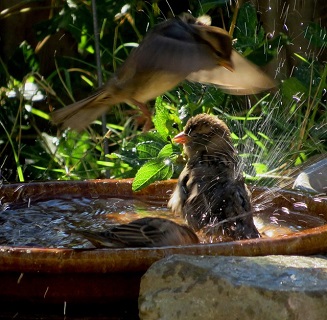
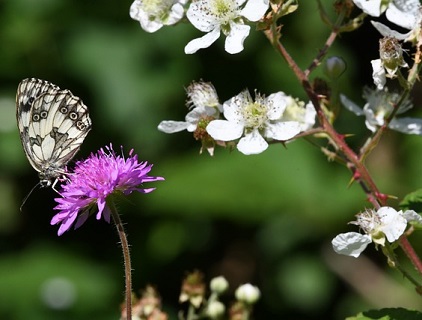
May you and all of our fellow creatures feel equally refreshed this month, wherever you spread your wings. Happy Holidays!